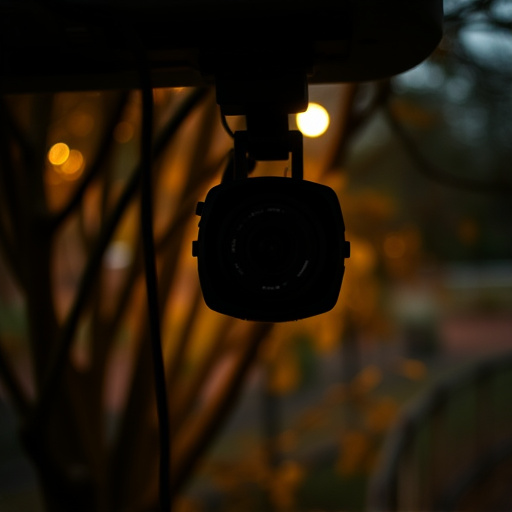Mini spy cameras with advanced nighttime recording capabilities have become powerful tools for covert surveillance due to their discreet high-quality observations in low-light conditions, using infrared lighting and sensitive sensors. Detecting these cameras requires professional methods such as thermal imaging, digital microscopes, long-range optical sensors, and infrared technology. Advancements in optical sensors have significantly evolved security practices, allowing these mini spy cameras to provide superior monitoring compared to traditional systems. However, their successful use demands careful observation, knowledge of camera types and placements, sophisticated image processing, and adherence to privacy guidelines.
Uncover the ins and outs of optical sensor detection with our comprehensive guide. We explore the intricate world of Mini Spy Cameras and their Nighttime Recording capabilities, providing insights into cutting-edge technologies. Learn professional methods for detecting these tiny yet powerful devices, offering effective solutions for a growing concern in today’s surveillance-aware landscape. From understanding advanced sensing techniques to practical applications, this article equips you with knowledge to navigate this modern challenge.
- Understanding Mini Spy Cameras and Nighttime Recording Technologies
- Professional Methods for Effective Optical Sensor Detection Sweep
- Practical Applications and Considerations for Spy Camera Detection
Understanding Mini Spy Cameras and Nighttime Recording Technologies
Mini spy cameras and nighttime recording technologies have revolutionized covert surveillance, offering discreet and advanced observation capabilities. These miniature devices pack powerful sensors and image processing algorithms to capture clear footage in low-light conditions, ensuring effective night-time monitoring. The integration of advanced IR (infrared) lighting and sensitive image sensors allows these mini spy cameras to penetrate darkness, providing valuable visual data that was previously inaccessible.
This technology is especially useful in scenarios requiring constant observation without detection. From home security to professional surveillance, the versatility of mini spy cameras is unmatched. Their compact size and ability to record high-quality video even in complete blackness make them a game-changer for those seeking discreet and effective monitoring solutions.
Professional Methods for Effective Optical Sensor Detection Sweep
Professional methods for optical sensor detection sweeps are essential when dealing with mini spy cameras designed for nighttime recording. These advanced techniques are crucial to ensure comprehensive and accurate identification of hidden devices. Expert investigators employ specialized equipment, such as thermal imaging cameras and high-resolution digital microscopes, to detect even the smallest and most discreetly placed spy cameras.
During a sweep, professionals meticulously scan areas of interest, including hard-to-reach corners and crevices, using long-range optical sensors and infrared technology. This multi-faceted approach allows for the successful discovery of miniature spy cameras, often hidden within everyday objects or disguised as common accessories, ensuring that nighttime recordings are effectively thwarted.
Practical Applications and Considerations for Spy Camera Detection
In the realm of spy camera detection, practical applications have evolved significantly with advancements in optical sensor technology. One notable area is the utilization of mini spy cameras for nighttime recording, which has become a game-changer in security and surveillance. These tiny yet powerful devices are often used by professionals to monitor sensitive areas, ensuring discreet and effective observation. With their ability to capture high-quality images and videos even in low-light conditions, they offer valuable insights that traditional security systems might miss.
When employing these methods, several considerations come into play. Spy camera detection requires a keen eye for detail, as these devices can be nearly invisible. Professionals must stay updated with the latest types of mini spy cameras, their features, and hidden placements. Nighttime recording poses unique challenges due to varying lighting conditions, demanding sophisticated image processing techniques to enhance visibility without alerting potential subjects. Additionally, legal and ethical boundaries should be respected, ensuring that surveillance activities adhere to privacy regulations.
Mini spy cameras and nighttime recording technologies have evolved significantly, presenting both opportunities and challenges. Professional methods for optical sensor detection sweeps are crucial in identifying these concealed devices, especially in high-security environments. By understanding the practical applications and considerations of spy camera detection, organizations can enhance their surveillance strategies, ensuring a safer and more secure landscape. Effective detection techniques, combined with regular maintenance, can deter and uncover clandestine activities, making nighttime recording technologies a valuable asset for security professionals.
